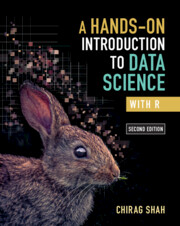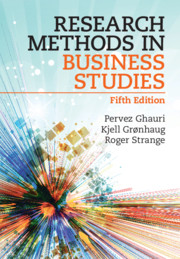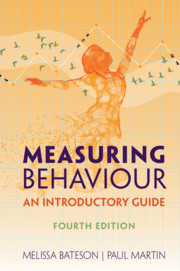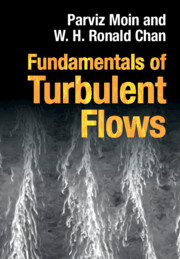Hardback ISBN: 9781108486743
Hardback publication date: 12 March 2020
Can't find the content you are looking for?
To expand your search, find other books and research journals at Cambridge Core , or browse our catalogue at cambridge.org
Hardback ISBN: 9781108486743
Hardback publication date: 12 March 2020
Paperback ISBN: 9781108708241
Paperback publication date: 12 March 2020

Hardback ISBN: 9781009589079
Expected Hardback publication date: 31 December 2025
Paperback ISBN: 9781009589055
Expected Paperback publication date: 31 December 2025

Hardback ISBN: 9781009588928
Expected Hardback publication date: 31 December 2025
Paperback ISBN: 9781009588942
Expected Paperback publication date: 31 December 2025
Hardback ISBN: 9781108478311
Hardback publication date: 24 June 2021
Paperback ISBN: 9781108745727
Paperback publication date: 24 June 2021
Hardback ISBN: 9781009431408
Hardback publication date: 06 February 2025


